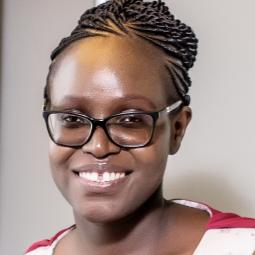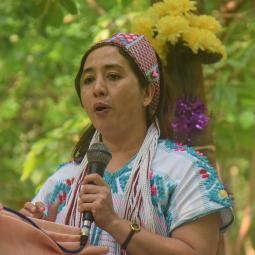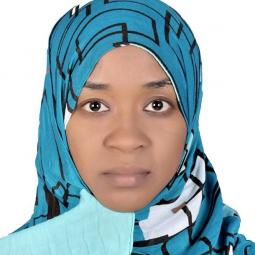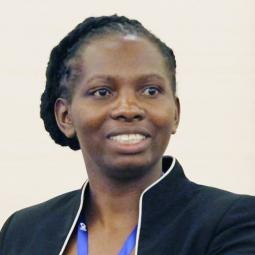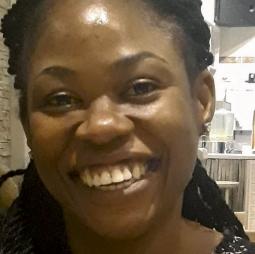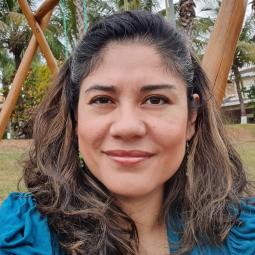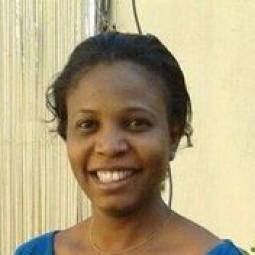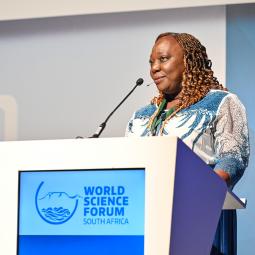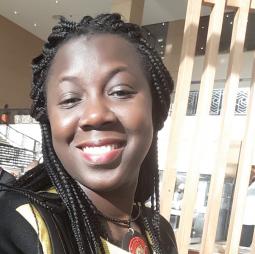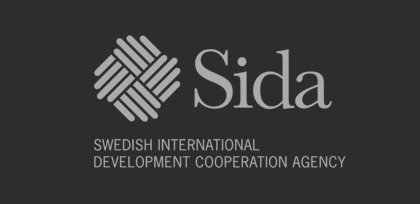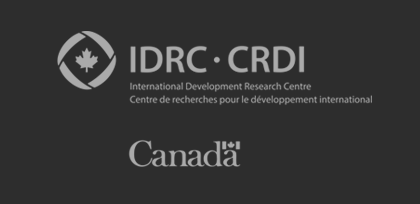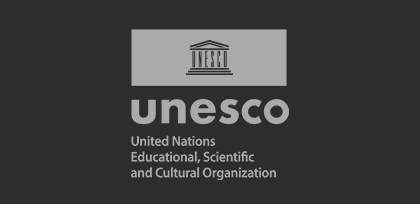OWSD NIgeria National Chapter presents How AI is Changing the World, and How the World should be Changing AI
November 30, 2023
OWSD Nigeria National Chapter University of PortHarcourt Branch Series of Scientific Comm.:Rada Mihalcea on How AI is Changing the World, and How the World should be Changing AI
How AI is Changing the World, and How the World should be Changing AI
By
Professor Rada Mihalcea
Joint work with Joan Nwatu and Oana Ignat
INTRODUCTION
Beyond the boundaries of innovation, artificial intelligence (AI) is changing every aspect of our lives, including our everyday routines, economies, and industries. AI is everywhere, from automating jobs to facilitating ground-breaking discoveries. However, as its powers increase, so do moral questions and the requirement for responsible use. Examining AI's revolutionary potential reveals not only how much it can do, but also how urgent it is to guide its development ethically and guarantee that humans and this emerging technology coexist peacefully.
Figure 1: Being Human in the Age Artificial Intelligence
Figure 2: Recent LLMs with size larger than 10B. Survey of Large Language Models (Zhao et al 2023)
While ChatGPT and other Large Language Models provides excellent responses to many of the questions we ask, it has limited knowledge of the cultural contexts and tends to demonstrate a Western perspective when asked nuanced questions from other cultures.
when asked to apologize like a Nigerian parent, it provides a straightforward heartfelt apology common in Western contexts unlike the elusive apologetic style often used by elders in the Nigerian culture. Questions about some phrases such as ‘ima mmadu’ produce a response about the language of the phrase and possible translations, however, the response fails to capture the context where that phrase is commonly used (to enquire about a person's connections).
Figure 3: ChatGPT’s answers to questions about Nigerian culture
LIMITATIONS
1. PEOPLE KNOWLEDGE
World Value Survey Survey of cultural values, issues of justice, moral principles, attitudes toward corruption, accountability and risk, migration, national security, global governance, gender, family, religion, poverty, education, health, security, social tolerance, trust.
Collected 2017 – 2022 (“7th wave).
Table 1: Survey responses from 94,278 individuals from 65 nations. Puranen et al. (2020)
Figure 4: Two-dimensional plot showing the results of multidimensional scaling. Different colors represent different cultural clusters. (Atari et al. 2023)
Figure 5: Similarity between country values to GPT vs. cultural distance of country to United States (Atari et al. 2023)
2. COST
Do All Languages Cost the Same? Tokenization in the Era of Commercial Language Models
On way to improve performance in non-Western cultural knowledge is to increase the development and use of low-resource languages in AI models and systems. However, the studies by Ahia et. Al (2023) shows that the costs of language processing in many low-resource non-English languages are significantly higher than the costs for higher-resource languages. If there is a high-cost barrier to developing AI with these languages, people will be less incentivized to work with low-resource languages.
Figure 6: Tokenized Text ( Ahia et al 2023).
LLMs rely on tokenized text – for input and output
Figure 7: Number of Tokens/Sentence in different Languages. Using a parallel text (FLORES – 200 lang.), there is wide variation in the number of tokens / sentences. (Ahia et al 2023).
Figure 8: How much do LLM’s cost? (Ahia et al 2023).
3. CONTEXT KNOWLEDGE
Does CLIP show varying performance based on different income based on different income levels associated with the images?
Figure 9: Median CLIP alignment scores across images from different income ranges, together with average CLIP scores (Nwatu et al., 2023)
In figure 9 a recent paper by Nwatu et al. (2023), published at the 2023 Conference on Empirical Methods in Natural Language Processing highlights how vision-language models perform poorly for data from low-income African households in comparison to data from higher-income households in Western countries.
Figure 10: Visual representation of a refrigerator (Nwatu et al., 2023)
Figure 10 displays CLIP, a vision-language model that takes text and image input, converts them to embeddings (vectors), and then calculates the cosine similarity between the embeddings to output a score of how similar the text is to the image.
Figure 11: Dollar Street Dataset. (Radford et al., 2021)
Figure 12: Kitchen from different households in different countries with different income levels. (Rojas et al, 2022)
HOW THE WORLD SHOULD CHANGE ARTIFICIAL INTELLIGENCE
i. Create diverse datasets
ii. Develop diverse models
iii. Train diverse researchers
iv. Provide transparency in model internal activities and evaluations
v. Understand the socio-economic impact of Large Language models
vi. Rethink the API pricing of models
Figure 13: How the world should change AI
CONCLUSION
AI's influence on our world is growing as it continues on its extraordinary path. A reciprocal evolution in our AI approach is necessary to appropriately steer this transition. Adopting moral frameworks, encouraging openness, and emphasizing human-centered design are essential to maximizing AI's potential for societal progress while preventing unexpected outcomes. Artificial intelligence (AI) has the potential to change the world, but its potential also depends on our ability to lead its development wisely and mindfully. If we can accomplish this, AI and humans will be able to coexist peacefully and create a future that is both inventive and just.
REFERENCES
- Atari et al. (2023). Which Humans?. https://doi.org/10.31234/osf.io/5b26t
- Ahia et al (2023). Do All Languages Cost the Same? Tokenization in the Era of Commercial Language Models. arXiv preprint arXiv:2305.13707.
- Nwatu et al. (2023). Bridging the Digital Divide: Performance Variation across Socio-Economic Factors in Vision-Language Models. arXiv preprint arXiv:2311.05746.
- Puranen et al. (2020). World Values Survey: Round Seven - Country-Pooled Datafile Version 5.0. Madrid, Spain & Vienna, Austria: JD Systems Institute & WVSA Secretariat. doi:10.14281/18241.20
- Rojas et al. 2022. The dollar street dataset: Images representing the geographic and socioeconomic diversity of the world. Advances in Neural Information Processing Systems, 35:12979–12990.
- Yin, Da, et al. 2022 "Geomlama: Geo-diverse commonsense probing on multilingual pre-trained language models." arXiv preprint arXiv:2205.12247.
- Radford et al. 2021. Learning transferable visual models from natural language supervision. In International Conference on Machine Learning.
- Zhao, et al. 2023 "A survey of large language models." arXiv preprint arXiv:2303.18223.

